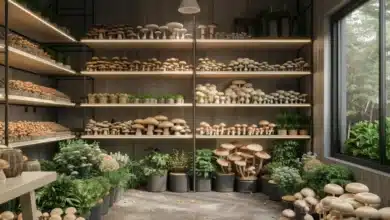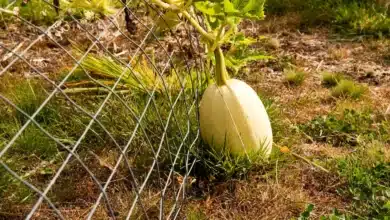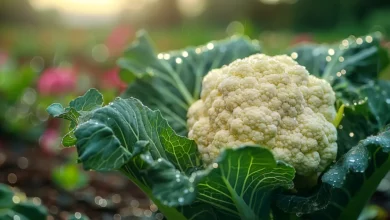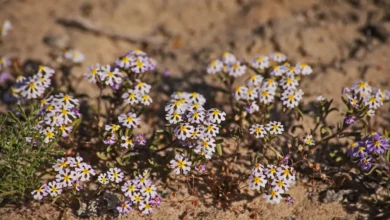The Joy and Pain of Growing Citrus Indoors
The Joy and Pain of Growing Citrus Indoors
I’ve often been asked about growing citrus indoors or how to cultivate citrus in containers, and while I’m no expert on the subject, I can offer a lot of experience–particularly from the perspective of someone who has been growing citrus in pots for as long as I can remember. My journey with citrus started as a young child. My first houseplant, a sunflower that sprouted from a flower pot of my mother’s, was soon followed by a grapefruit. I germinated a grapefruit seed, nurtured it and watched it grow to a thorny, little beast. My parents were forced to throw it out (or perhaps toss it in the compost pile) after I went to college.
It’s an exciting project, but not without challenges. It’s a rewarding and fun project, but it isn’t as easy or foolproof as many people claim. You can easily find young citrus plants, either as saplings that you purchase or from grapefruit seeds. Growing citrus plants from seeds is a fun way for children to learn more about biology and plants. It was like a miracle when my first grapefruit sprouted. As I’ve gotten older, I have learned that citrus plants indoors require patience, knowledge and, sometimes, disappointment, especially if you want to harvest the fruit. You will not see the fruit you expect overnight. It’s still worth a try! If you dream of your own indoor citrus grove let me tell you what you should know before you start.
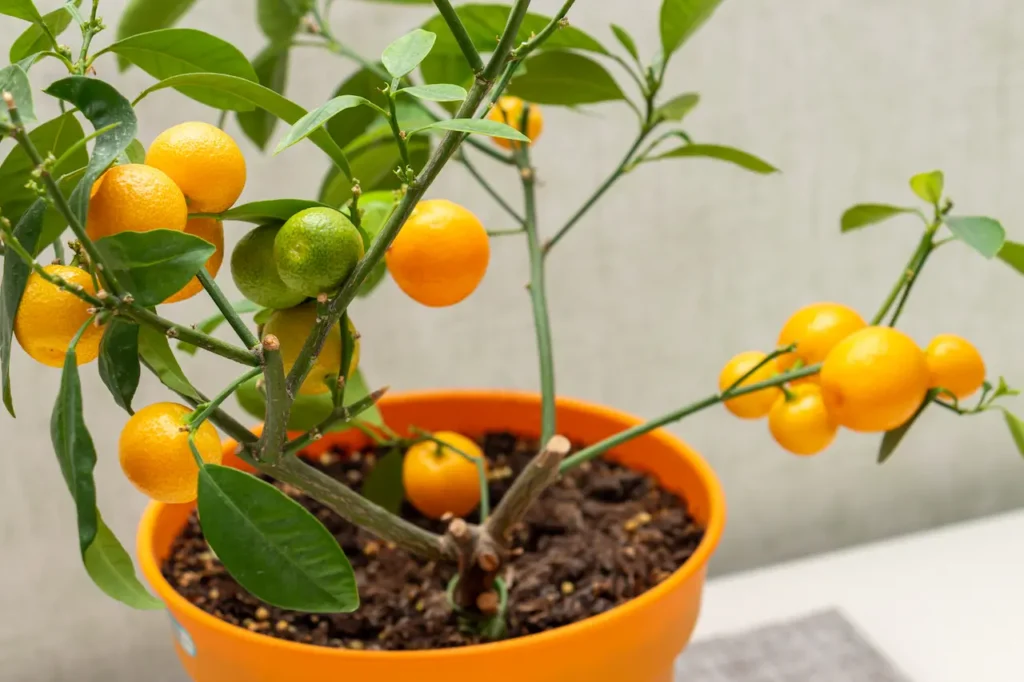
Citrus and Indoor Gardening
It’s important that you manage your expectations before starting your indoor citrus adventure. You can grow citrus inside, but you need to understand how and why it produces fruit. You can germinate grapefruit, citrus, and other fruit seeds, but growing them from seed is a more fun science experiment than a way to grow fruit. As I did, many people started citrus plants from seed. However, in the end, these plants would likely grow into thorny shrubs that never produce fruit, or even bloom. It can take many years, or even decades, for a tree that is grown from seeds to bloom and produce fruit. And when they do, the fruit produced is usually unpalatable. You can still enjoy the beautiful flowers and foliage of your citrus tree, but you shouldn’t expect to be able to eat it unless you purchase a named, grafted variety.
A grafted tree is essential for fruiting indoor citrus. You can buy young citrus trees grafted onto special rootstocks that will keep the tree smaller and encourage it fruit sooner. It is especially important if your goal is to produce edible fruit. Rootstocks such as **Fortunella**, which are robust and hardy, can make a huge difference in the speed at which the plant will bloom and produce fruit. You’re investing in a long term project without a grafted plant.
Choose the Right Citrus for Indoor Growing
It’s important to know which citrus varieties are suitable for indoor environments before you dream of having your own mini-orchard. Citrus trees can grow quite large, particularly when well-established. It is therefore important to select varieties that will thrive in containers. Some citrus trees are easier to maintain than others if you want to grow fruit.
– Mandarins (Clementines, Cuties, etc. ): They are among the most popular varieties of citrus, and they’re known for their sweet, juiciness fruit. They are, however, some of the hardest to grow indoors. Mandarin trees need bright light to produce fruit. They won’t do so if they don’t have it. You may struggle to get your trees to produce fruit even if they are in a sunny location. They need cooler temperatures (ideally between 35degF to 55degF) during winter to trigger the blooming process. Many indoor citrus growers choose a cool room without heat or a glass greenhouse to create the best growing conditions. While mandarins may look beautiful in theory, the fact is that they are often more suited to a cool greenhouse than a regular home.
Calamondin Orange: This small, sour citrus is popular for indoor citrus cultivation. It is edible but it is usually too sour for raw consumption. In Filipino cuisine it is often used to flavor stews and other dishes. Calamondins are compact and easy to grow indoors. The fragrant white flowers add a nice touch to this plant. They can be grown in small pots as a decorative shrub. The **variegated Calamondin**, a small citrus plant that is both beautiful and useful for indoors, is an excellent choice.
Kaffir Lime – If you like to cook with Asian or Southeast Asian flavors, then the **Kaffir Lime** is an excellent plant for your home. The lime leaves with their distinctive wrinkles are used extensively in cooking. They’re especially good in curries, broths and other flavourful dishes. Kaffir limes are shrub-like and can therefore be easily grown in pots. It’s a thorny tree, but the leaves are worth it. This could be a rewarding indoor citrus plant to grow if you are an adventurous chef and have the space.
Kumquats: Kumquats are a favorite among indoor gardeners due to their unique bite-sized fruit, which can be eaten in its entirety (skin included). These round, small oranges are great for popping straight into your mouth. Fresh kumquats are a delicious blend of sweet and tart. They have a completely different flavor than store-bought varieties. Kumquats are usually hardy and grow well in small spaces. They thrive in pots and are therefore perfect for indoor gardens.
-Finger Limes: Australian finger limes are a choice exotic that can be grown indoors. The fruit is a little more difficult to grow than other citrus, but it’s also very unique. The fruit is narrow and long with tiny tangy pearls of juice that burst in your mouth as you eat it. These limes can be used to garnish cocktails, add to seafood dishes or simply enjoy them on their own. These plants can be grown as large shrubs or small trees and are perfect for container gardening.
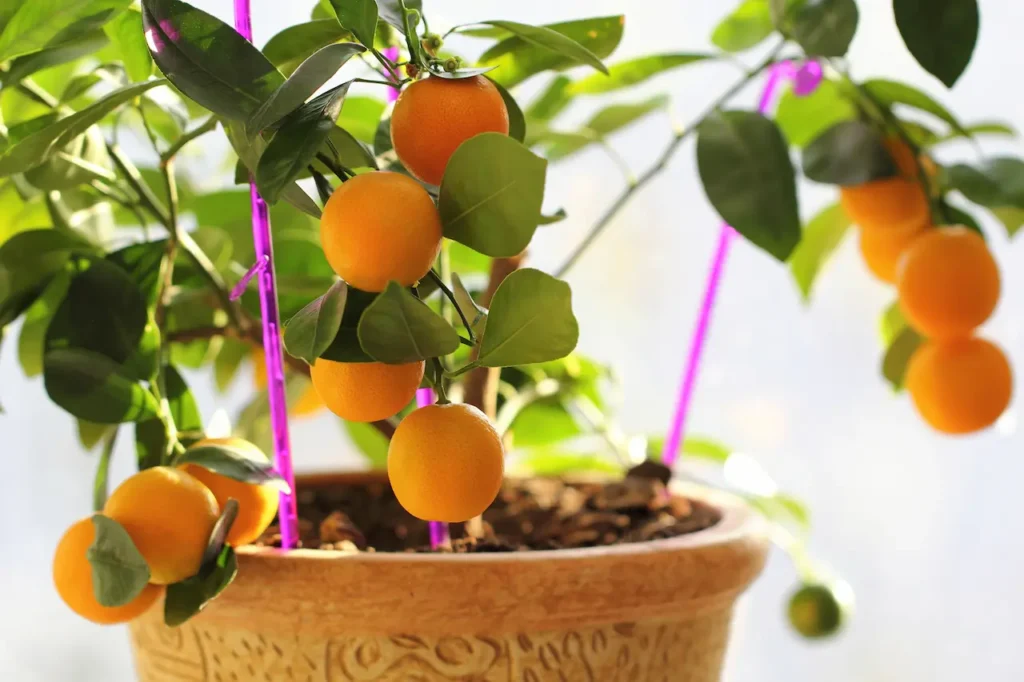
The Myth of Citrus Seedlings As “Room Fresheners”.
It’s tempting for you to begin your citrus journey with seeds of fruits such as lemons and grapefruits. But let’s clear up a popular myth that is circulated on gardening blogs. The idea that citrus seedlings can be started in a teacup or other small container, then used as “natural room fresheners”. You can germinate citrus seedlings in a small pot, but they will not act as air fresheners unless the leaves are crushed (which will kill them). Growing citrus in such small pots will lead to undeveloped, unhealthy plants. It is always best to begin citrus plants in pots of the right size that will allow them to develop roots.
While it is fun to watch kids get excited about the prospect of growing a lemon or grapefruit tree from seed, it is important to let them know that it will likely take years for the plant to mature into a fruit-bearing tree. It’s a fun science experiment and a good learning experience for children, but don’t expect to get edible fruit right away.
Fertilizing and Potting Indoor Citrus
Selecting the right potting mixture is one of the most important aspects of growing citrus inside. Citrus trees have surface roots, so they prefer a well-draining soil that’s slightly acidic. I recommend using ProMix HP or ProMix HP because they retain just enough moisture and allow air to reach the root system. You might be tempted by the idea of overpotting your citrus trees. However, it is better to select a pot just slightly bigger than the one you currently have. Citrus trees will grow stronger roots and produce more fruit if they are confined to a pot.
Citrus are also heavy feeders, so fertilizing is important. I use a water-soluble, balanced fertilizer to fertilize my citrus during the growing period. However, you will need to adjust your fertilization type and frequency depending on the growth stage. Citrus needs a high nitrogen fertilizer for active growth, but can benefit from a citrus fertilizer that contains extra potassium when the fruit is setting and blooming.
Insects and Pest Control
Pests can attack indoor citrus plants, including mealybugs and scale. This pest is difficult to control. However, I have had some success using insecticidal soap or rubbing alcohol mixed with water on the leaves and stems. This is a temporary fix, so it’s important to check your plants for pests regularly. Pests on citrus trees are often an indication that the tree is stressed. Therefore, providing the best growing conditions, such as cool temperatures, high humidity and ample light, can help reduce pests.
Moving citrus to a cold greenhouse in the winter can make a big difference, since the cold environment will keep pests away. Citrus grown in cold greenhouses are healthier and more resistant to pests. In winter, a temperature of 38-40degF is ideal. However, it is important to protect your trees from extreme cold snaps and drafts.
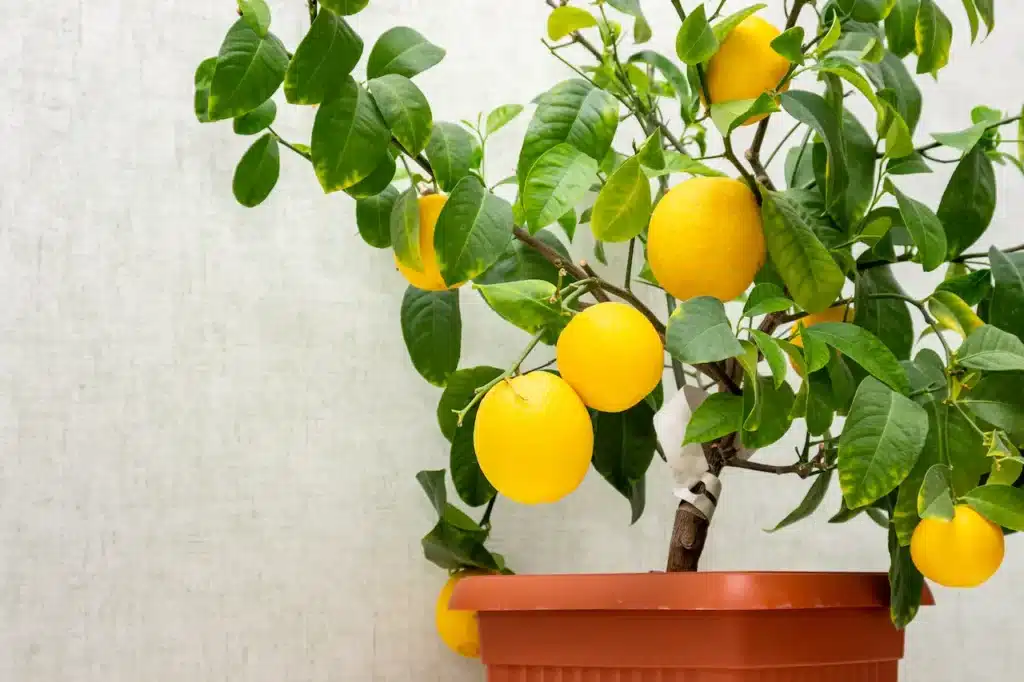
Growing Citrus Indoors: A Summary
Citrus indoors can be both fun and challenging. It may take some patience and trial and error, but the rewards will be worth it. Indoor citrus plants bring a taste of the Mediterranean into your home, whether it is the fragrant flowers, unique foliage or the excitement of picking your own fruit. Remember: Success won’t come overnight. But with the right conditions and care, you can soon enjoy your own homegrown fruit!

